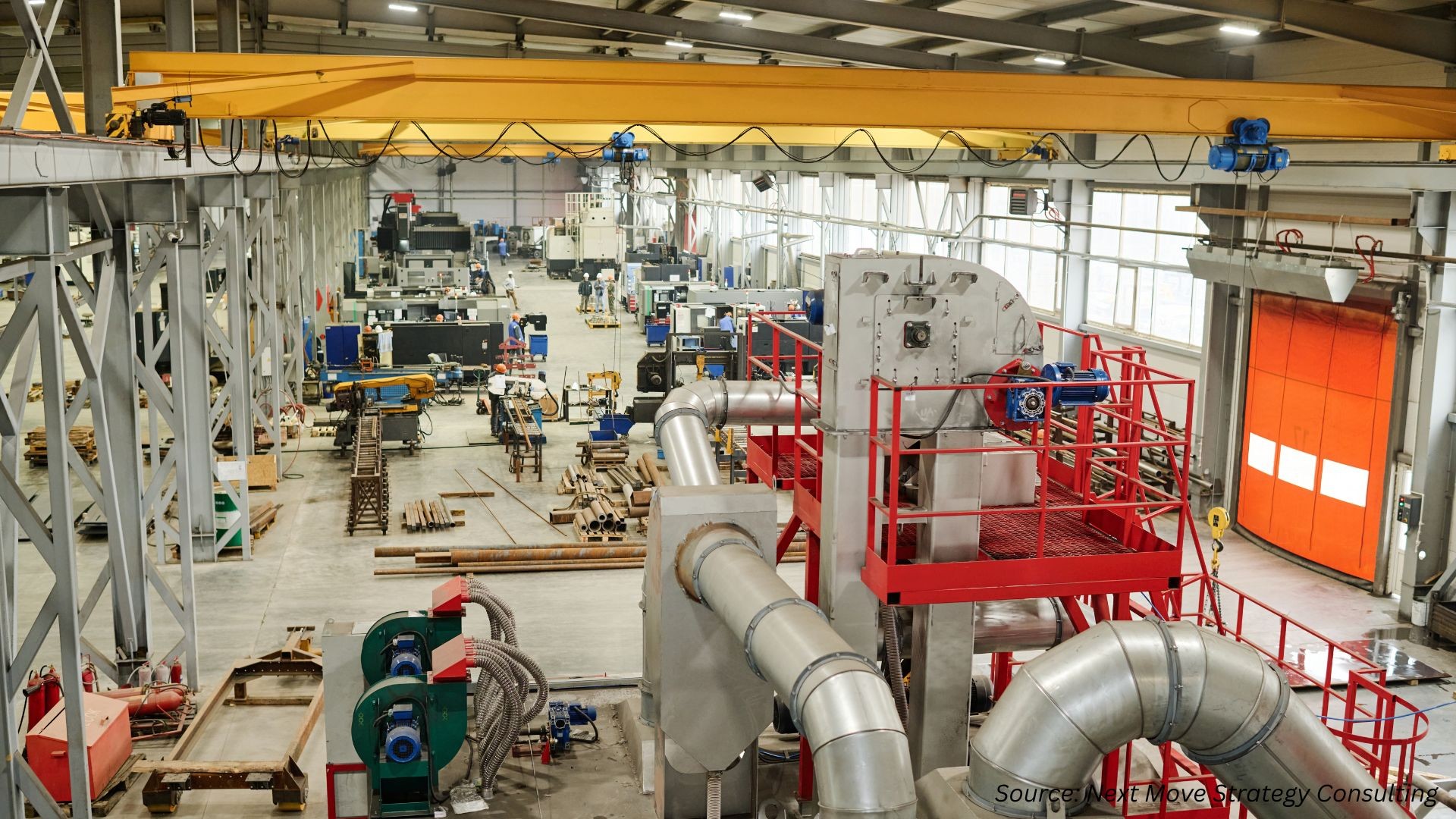UK elevator market is expected to reach USD 6397.47 Million by 2030
Published: 2025-10-03
The increase in upgradation programs for old infrastructures within the region is driving the demand for the UK elevator market during the forecast period.
UK Elevator Market size in 2024 was USD 3577.24 million, and is estimated to reach USD 4078.62 million in 2025 and is projected to reach USD 6397.47 million by 2030 with a CAGR of 9.42%. According to NMSC, in term of volume the market size was 11.22 thousand units in 2024, 12.60 thousand units in 2025 and is projected to reach 20.99 thousand units by 2030 with a CAGR of 10.75%, according to new research by Next Move Strategy Consulting. The elevator market is growing due to renovation efforts aimed at upgrading existing buildings, which significantly contribute to the demand for elevators. With a focus on modernizing infrastructure and enhancing building accessibility, elevator installation and modernization projects have become integral components of renovation initiatives.
Additionally, the demand for new housing, estimated at approximately 340,000 new homes per year in England according to research by the National Housing Federation (NHF) and Crisis from Heriot-Watt University, further amplifies the need for elevators in residential complexes and multi-story dwellings. The growth trajectory of the elevator market in the UK is closely intertwined with the progress in the construction and renovation sectors. As the construction industry continues to thrive, the demand for elevators is expected to maintain a steady upward trajectory, reflecting a resilient and expanding industry landscape.
Moreover, the elevator market is driven due to significant developments in the UK, fuelled by a notable increase in new construction projects and renovation endeavors across the nation. Various sectors such as residential, commercial, and industrial are experiencing a construction boom, resulting in an increased demand for elevators. The urban landscape of the UK is witnessing the emergence of high-rise buildings, commercial complexes, and residential towers, necessitating elevators for efficient vertical transportation.
Nonetheless, the costs linked to installing, maintaining, and upgrading elevators pose considerable challenges to market expansion. The initial capital required for installing elevator systems, particularly in buildings not initially intended for such infrastructure, can impose a significant financial strain on building owners and developers. Additionally, ongoing costs associated with maintenance contracts, which involve routine inspections and repairs, contribute to the overall ownership expenses.
On the other hand, the integration of AI-driven predictive maintenance in the elevator industry offers a promising avenue, harnessing AI to transform maintenance and management practices. Through the analysis of data collected from elevator sensors, AI algorithms can predict maintenance needs in advance, thus minimizing downtime and enhancing the operational efficiency of elevators. This proactive approach not only extends the lifespan of elevator components but also strengthens safety measures by preventing unforeseen breakdowns. It optimizes resource allocation, resulting in significant cost savings for elevator companies.
Additionally, well-maintained and dependable elevators contribute to heightened user satisfaction, thereby enriching the overall experience for building occupants and visitors. Embracing AI-driven predictive maintenance enables elevator firms to remain competitive and uphold superior service standards amidst a rapidly evolving market landscape.
Request for a Sample PDF on the UK elevator Market
Several market players operating in the UK elevator market include Otis Elevator Company, KONE Corporation, Schindler Group, TK Elevator, Mitsubishi Electric Corporation, Lifton Home Lifts, Cibes Lift, Lifton Home Lifts, Stannah Lifts Holdings Ltd, Toshiba Elevator and Building Systems, Kleemann Lifts UK, Alimak Group, Aritco Lift AB, Orona Group, Gartec Lifts, and others.
Key Insights from the UK Elevator Market Report:
-
The information related to key drivers, restraints, and opportunities and their impact on the UK elevator market is provided in the report.
-
The value chain analysis in the market study provides a clear picture of the roles of each stakeholder.
-
The market share of players in the UK elevator market is provided in the report along with their competitive analysis.
















Add Comment